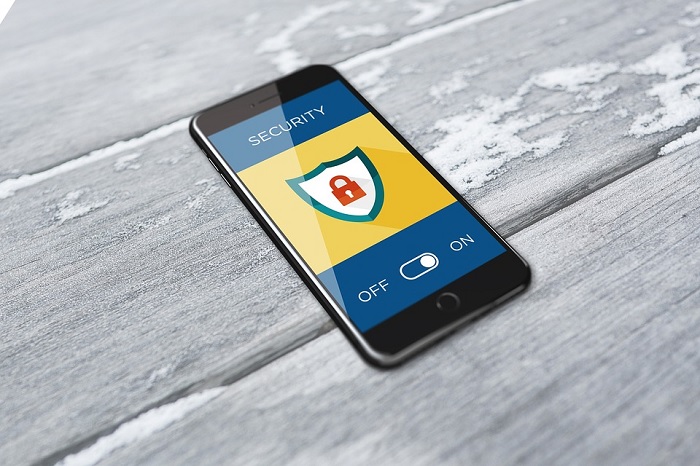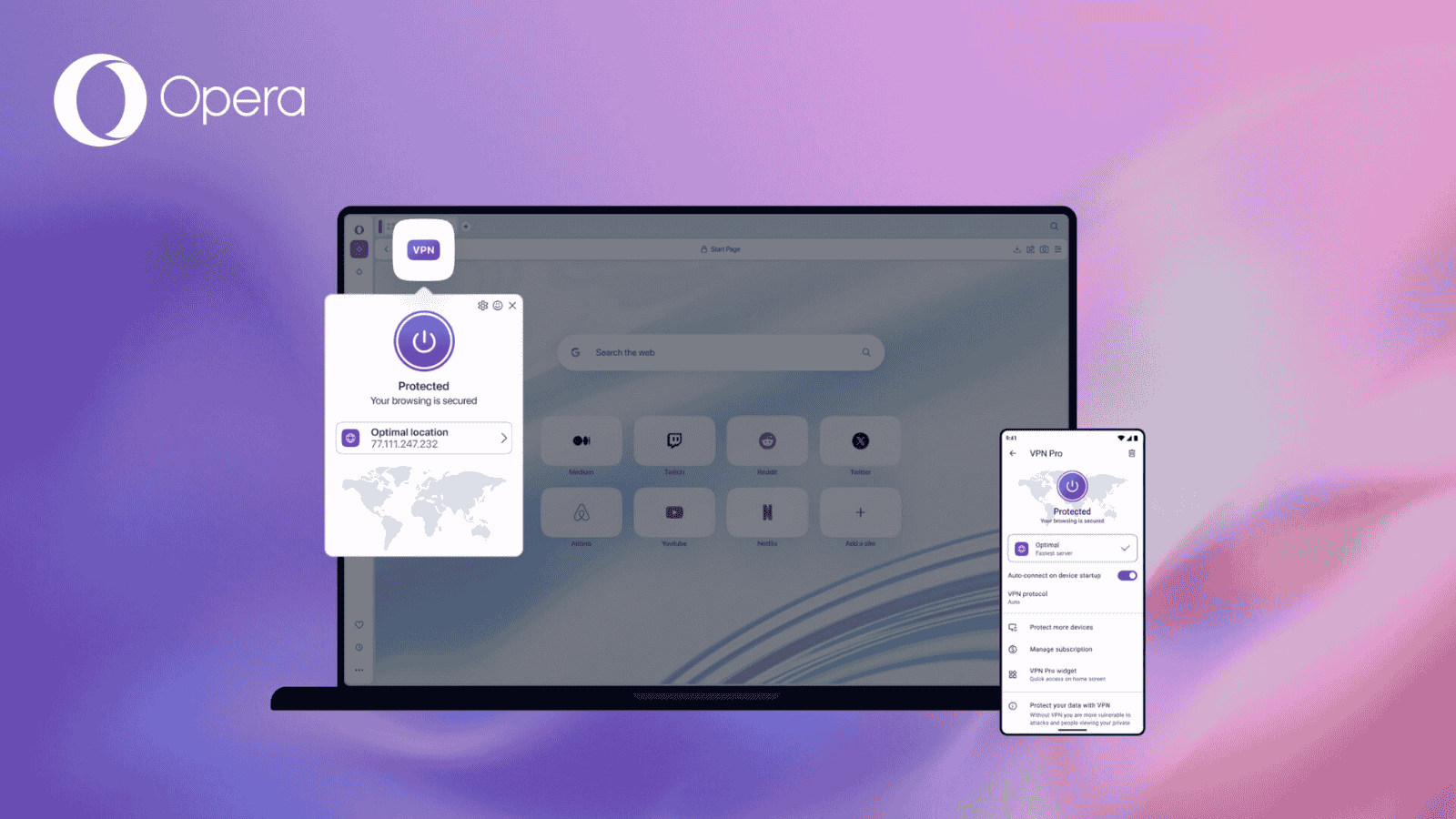
The Simple Guide to Safe Internet Browsing
The internet is like the ocean. It's a vast place with many different environments. There are sunny beaches, where families play and have a great time. There are shallow waters, where it's safe to swim and then there are dark depths where strange, dangerous creatures live.
To enjoy the ocean safely, you need to know certain things. How the tides work, what to do if a jellyfish stings you and so on. The same is true of browsing the internet. It's a vast digital ocean filled with both wonders and dangers.
The good news is that by following a few simple rules you can make it much less likely that you'll fall victim to the various risks that come with going online.
What's So Dangerous About the Web?
People ripping each other off is a story as old as time itself. Throughout history, people have been robbing, tricking and otherwise messing with each other for personal gain.
The internet hasn't changed any of that, but it has given the crooks of the world a new set of tools to reach, deceive or attack innocent users. In general, there are two types of primary dangers on the web: technological and social.
Technological Dangers
Computers and digital systems are complex machines that contain millions of computer code lines. Although the makers of these systems work hard to secure them, there's an army of people out there who do nothing but look for chinks in that security armor.
These come many different forms, but malicious software such as ransomware, computer viruses and direct cracking of network security are prime examples. With technology-based attacks the user is often unaware anything is wrong until it is too late.
Social Dangers
Creating technological exploits and attacks is hard. Which is why many of the dangers on the web don't come in the form of clever technological hacks, but as human-to-human deception.
Humans are pretty good at fooling each other and that's also still the same on the internet. You might receive an email from someone claiming to be from an organization that wants to give you money. You might visit a website that looks like it's the real deal but ends up being fake.
Technological and social attacks can also be combined with a more effective strategy. An email attachment that appears to be from a coworker could end up infecting your whole office with ransomware, for example.
So what can you do against these two types of internet hazards? Let's break it down.
How to Stay Safe While Browsing
The most important thing you have to cultivate for better internet browsing safety is a security mindset. One part of that is of course knowledge of different kinds of threats and how to recognize them. The problem is that the internet hosts an arms race between the good guys and the bad guys. So simply learning what threats are out there by rote isn't enough.
Instead, you need to adopt an attitude of healthy suspicion and combine it with specific knowledge on how to deal with known threats.
Use the Right Software
There an entire industry built around making software that protects against malicious attacks. So it’s a good idea to have good examples of these installed on your system.
The latest version of Windows actually has a pretty good security suite built into it. Most people should be just fine with Windows Defender, but be sure to have some form of anti-virus installed.
These days an anti-virus is not enough. A good firewall and anti-malware software are also recommended. Malware and viruses are different, so make sure the software you have can handle both or that you have two different solutions for each type of threat.
This advice isn’t limited to computers either. Your smartphone or tablet can also fall victim to malicious software, so think about investing in some security apps there too
It’s also very important that you use a browser with good levels of security. Personally, I swear by Google Chrome on all my devices. Google has built some nice safety features into their browser, not least of which automated warnings when something suspicious might be going on!
Use Strong Passwords with a Manager
Passwords are a modern pain in the behind. Coming up with a strong password is tough and we tend to make rather weak ones that are easier to remember. Who can blame us when we might belong to dozens of websites, all which should have unique passwords. Admit it though, you share passwords across some sites.
The most optimal way to ensure your passwords can’t be guessed is to use a strong password generator and then store all your passwords securely in a good password manager. LastPass is one that’s mentioned often for good reasons, but there are more than a few options out there.
Although setting up a password manager takes a bit of effort, once you’ve done it your life will be much easier in addition to being more secure.
For Goodness' Sake, UPDATE!
The people who write and maintain or software usually have a pretty good handle on the most common and dangerous security threats. High-priority bugs and exploits might get patched within hours of being discovered.
None of that matters if you switch off updates or keep deferring them. Modern operating systems and software have become more pushy on the subject of critical updates, but updating often is still an important habit.
That also extends to your phone, router and other platforms you use to connect. Each of these could have security holes that need filling.
Pay Attention to Where You Are
The humble hyperlink is a foundational piece of technology for the web. It’s what lets you jump from a video of a funny kitty cat to an article on feline domestication and then eventually to a Wikipedia article on physics by a guy named Erwin Schrodinger.
While links are super-convenient, they can also lead you astray. Just because you find a link in a place you trust doesn’t mean it leads you to a trustworthy place.
Always pay attention to the address bar of the site you are on. First of all, does the address start with the letters “https” rather than “”http”? If not you are using a website that’s not secure. Browsers like Chrome will actually show a prominent “not secure” icon next to the address to show you that the site isn’t protected by encryption.
In general, you should stay off sites that don’t implement secure protocols, although as long as you don’t submit personal information such as credit card details on such sites you should be OK.
Finally, always type the links to a site where you submit sensitive info in manually. Don’t click on links that are sent to you in emails. Especially when seem to come from places like your bank or online shopping sites. Don’t submit login information unless you have verified
Review Browser Security Settings
Modern browsers have quite a lot of customization available when it comes to security and privacy. Take the time to read through the options that are available and switch the features you care about on and off as needed. For example, Chrome lets you manage what information is sent to websites, what types of content can be shown to you and much more. There’s no single set of settings that will work for everyone, but if you’re scared of slipping up there may be a few good safety nets hidden in the settings tab that could be useful.
Don't Do Illegal Things
It seems obvious, but if you are spending time on seedy parts of the web doing dodgy things, then you shouldn’t be surprised when you end up being the victim of malicious software or scams. If you’re downloading pirated content through peer-to-peer technology or spending time on seedy adult sites it’s almost a given that the things you download or click on may not be what they appear.
We can’t tell you what to do, but strongly recommend you just avoid such less-reputable places on the web.
Learn to Love Encryption
Encryption is one of the best defenses against having your private information stolen or used against you. HTTPS is one example and sites that use it already secure your data against eavesdroppers. Unfortunately, that’s not always enough, so a good way to browse safely without looking over your shoulder all the time is to increase your use of encryption.
A good place to start is the HTTPS Everywhere browser extension. As the name suggests this extension provides HTTPS protected for many sites that don’t have it.
The ultimate form of encryption protection is, of course, a VPN. All the network data that moves in and out of your computer is protected inside an encrypted network tunnel. Only you and the VPN provider know where you really live and what exactly you’re doing on the web.
VPNs are a more complex topic than we have time to cover here, but you can learn more in my VPN explainer article. You can also learn about VPN pros and cons as well as their legality globally. We’ve also put together a neat VPN buyer’s guide and the top five VPNs of October 2017. More than enough info to get you up and running.
It’s Not So Bad
This article is not meant to scare you. It's meant to arm you with the knowledge you need not become a victim. There’s no such thing as a foolproof safety. That's not an excuse to ignore reasonable measured to protect yourself from internet nasties.













